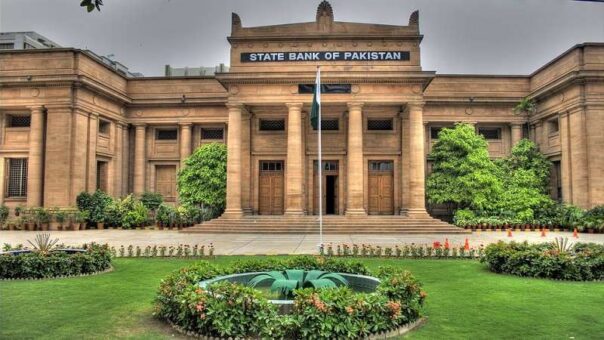Pakistan has witnessed an 11% decline in remittances during the first nine months (July-March) of fiscal year 2022/2023 to $20.53 billion.
The inward remittances into the country were $23.02 billion during the same period of the last fiscal year, according to data released by the State Bank of Pakistan on Monday.
READ MORE: Pakistan witnesses 11% fall in workers’ remittances during 8MFY23
Remittances are an important source of foreign exchange for Pakistan, and their steady growth has helped the country to maintain a stable external account position. However, during the ongoing fiscal year the country witnessed a steep decline in the remittances due to shattering confidence of overseas Pakistanis.
The volatile exchange rate in the country may be attributed to lack of confidence in the overseas Pakistanis because unpredictable dollar rate in the country encouraged people to hold foreign exchange in hopes of better returns.
READ MORE: Foreign remittances into Pakistan decline by 11pc during July – January
Remittances have also helped to support domestic consumption and alleviate poverty in Pakistan, as they are often used by recipients for household expenses, education, and health care.
Pakistan has faced several balance of payment crises in the past, and falling remittance may pose the country to face a similar crisis. A balance of payments crisis occurs when a country’s imports exceed its exports, resulting in a shortage of foreign exchange reserves to finance the deficit. This can lead to a devaluation of the country’s currency and a rise in inflation.
READ MORE: Rupee weakens by 16 paisas to dollar amid falling foreign exchange reserves
In Pakistan’s case, the current balance of payments crisis is primarily due to a large current account deficit, which has been fueled by a high import bill and a low level of exports. The country’s import bill has been rising due to increased demand for oil, machinery, and other goods, while exports have not kept pace with imports, resulting in a trade deficit.
The decline in exports is due to various factors such as a lack of competitiveness, low productivity, and inadequate infrastructure. On the other hand, the high import bill is due to a large number of imports of essential goods, such as oil and machinery, which are necessary to run the economy.
READ MORE: Pakistan’s official foreign exchange reserves fall below $3 billion or nine-year low
To address the balance of payments crisis, Pakistan has taken various measures such as increasing exports, reducing imports, attracting foreign investment, and borrowing from international organizations such as the International Monetary Fund (IMF).
However, these measures have not been enough to fully address the crisis, and Pakistan is still struggling to find a sustainable solution to its balance of payments problems.
In the month of March 2023, the inflows of remittances fell to $2.53 billion when compared with $2.83 billion in the same month of the last year. However, those grew by 27 per cent when compared with $1.98 billion in February 2023.
